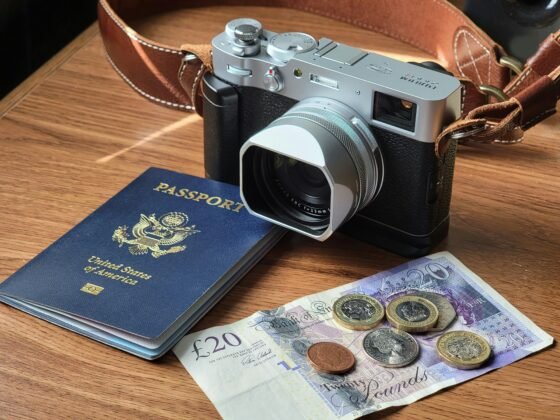
Are you planning a long journey on the open road? With warmer weather arriving, domestic travel restrictions easing and a staycation boom underway, many people will gearing up for road trips across the UK.
Long car journeys can be something to look forward to in themselves when undertaken with the right vehicle. An older car could cause you breakdown nightmares – but there are plenty of used cars available with low mileage if you need a more reliable upgrade.
So with your ideal car ready to go, what else should you check before getting behind the wheel on a road trip?
Tyre pressure
Over or under-inflated tyres can be hard to spot once you’re on the road, but the correct pressure is vital for making sure your vehicle brakes and steers properly.
Your owner’s manual will tell you the ideal pressure for your front and back tyres. Modern cars will even automatically alert you if they’re a little off – simply top up with air at your local petrol station or let out a little if necessary.
Windscreen wash
Driving with a smeared windscreen while the sun is beaming down is not only frustrating, it’s dangerous. Cars fail their MOTs for poor windscreen visibility, so make sure your windscreen wash is topped up sufficiently for the journey.
Your wipers should also be in good condition, while any small windscreen cracks should be seen to before they have chance to grow.
Engine oil
Oil is another crucial fluid for keeping your car running as it should. Cars traditionally come with dipsticks that you can use to gauge your engine oil level beneath the bonnet, though newer models may simply display this through an internal computer.
If your car isn’t that swish, make sure your oil is within the threshold marked on the dipstick and keep some spare in the boot just in case.
Lights
Lights are another essential component for visibility and help other drivers spot you too. Before any long journey it’s smart to check that your headlights, indicators, brake and fog lights are all in working order.
You may need a helper to walk around the car while you switch things on from the inside. It’s the least your road trip buddies can do!
Tread depth
As well as tyre pressure, tread depth can also significantly affect your car’s handling. Your tyres should have a minimum depth of 1.6mm across the central three quarters – anything below that will put you in breach of the law.
The 20p test is a quick and easy way of checking your tread depth. Simply place the coin in the main tread channels at various points around the tyre – if you can see any of the outer band of the coin, your tread is likely too shallow.
With all these elements checked, all that’s left is to fit everything in the car and get going!












